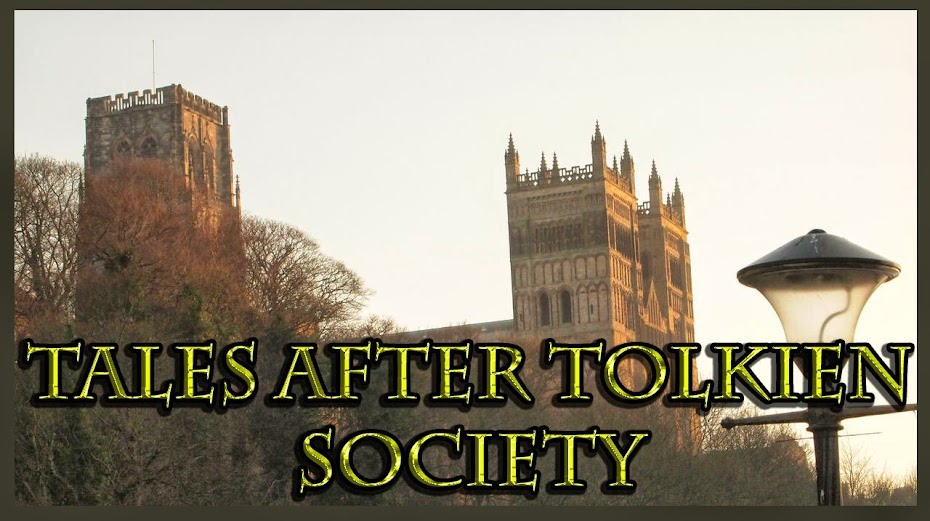Read the previous entry in the series here.
Read the next entry in the series here.
1.3, "Snow Falls"
Written by Liz Tigelaar
Directed by Dean White
Synopsis
 |
| Pretty. Image taken from the episode, used for commentary. |
In Storybrooke, Snow White's alter-ego, Mary Margaret Blanchard, is on a date. It does not go well, and she goes home alone, meeting Emma along the way and inviting her to room with her instead of in her small car. Emma demurs.
 |
| I'm sure there's some comment to be made here. Image taken from the episode, used for commentary. |
Later, Henry reports to Emma about Charming, citing evidence that she does not entirely accept. He urges Emma to push Mary Margaret towards the comatose patient; she agrees to push the point, and presents the idea to Mary Margaret. There, it meets with some resistance, although Mary Margaret eventually agrees, and that evening sees her read from Henry's storybook to the comatose patient--who reacts, strangely and powerfully, to her doing so.
 |
| Nope, nothing to see here. Move along. Image taken from the episode, used for commentary. |
At home, Mary Margaret continues to read through Henry's book, and the episode shifts to follow the story contained therein--in which she, as Snow White, retrieves loot and departs a forest hideout. She is trapped upon exiting, Charming having found her, promising always to find her and being awarded his sobriquet. They banter aspersively about marriage and arrive at an agreement to retrieve his property.
In Storybrooke, Emma, Henry, and Mary Margaret meet for breakfast. The last reports the events of the night. Henry urges her to read again, and the two start to rush off; Emma, disbelieving, demurs again, but Mary Margaret presses on, and Emma follows. When they arrive at the hospital, they find that the comatose patient is missing, and Regina lashes out. She also explains her involvement, and the attending physician notes the danger of his disappearance; pursuit begins with questioning hospital employees and reviewing security footage. Emma notes that the footage is incorrect, and, after the actual tape is found, a lead to pursue is revealed.
 |
| Not Nazgûl, but not Black Riders to be sought, either... Image taken from the episode, used for commentary. |
 |
| Nope, no problems here. Image taken from the episode, used for commentary. |
Emma confronts Regina about the inconsistencies in events. They trade barbed threats, and Regina explains the oddities away. Later, Emma takes up Mary Margaret's offer.
Discussion
A comment about the architecture on display as the episode begins seems in order. Admittedly, I am not an architect or a student of that discipline, so my comments will be of a necessarily amateurish nature, but it seems to me there is a mishmash of styles at work. Said amalgamation suggests the compression of the sprawling centuries of the medieval, something noted as at work in no few other media properties that make use of medieval/ist tropes, although it is also the case that a number of medieval edifices were built in stages and parts over time, so that their own architectures are not entirely consistent. But notable among the things in the opening castle-shot is the sheer size of the church contained in the castle walls--identifiable by the abundance of stained glass in the exterior shot. The series does not, at least in its earlier episodes, make much use of religion (aside from the wedding ceremony, which evokes but does not explicitly traffic in Christianity), one of the typifying features of the medieval in popular conception and in documentary history (for the simple reason of who had time and ability to write), so it seems a bit of an oddity to give quite so much space to faith--especially in a castle, which could be expected to have a chapel but not a cathedral that takes up a third of its interior space. Whether this is a more or less authentic thing can, of course, be argued.
Interestingly, the revenge-plot that drives much of the early series begins to be articulated in the present episode, Snow White admitting that she ruined Regina's life and thus spurring the latter's quest for retribution. While revenge plots are hardly unique to the medieval/ist, they are certainly large parts of the stories that continue to be told. Njal's Saga features no small number of instances of vengeance being pursued, not always through legal means (and, notably, spurred on by women depicted); Arthurian legend abounds with them, and not only in Malory. Consequently, while the revenge plot does not, on its own, mark the series as medievalist, it does fall firmly in line with what medievalism is already present, reinforcing it.









